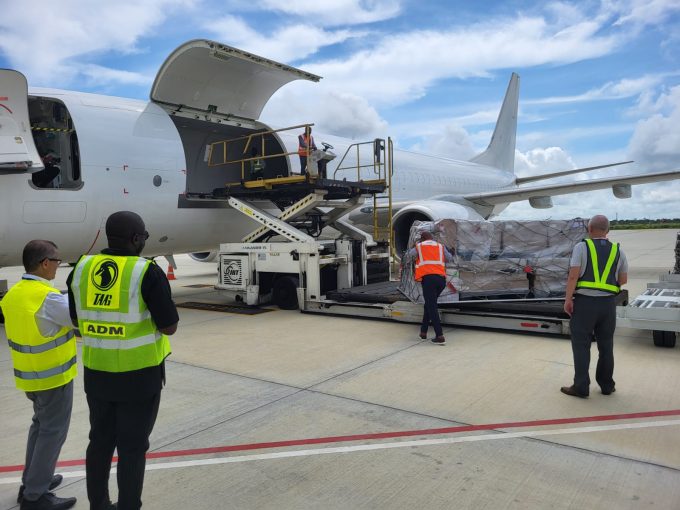India renews open sky policy for foreign air cargo carriers
In a significant move, India has liberalised its aviation policy to permit foreign cargo airlines ...

Kenya Airways and TAAG Angola Airlines are injecting extra cargo capacity to regional markets, using 737-800 freighters, according to the carriers.
Kenya Airways Cargo (KQ Cargo) director Dick Murianki said the airline had expanded its route network to include direct flights between Sharjah in the UAE and Mogadishu in Somalia.
The new KQ service was launched last Friday with a 737-800F on a weekly rotation, with plans to increase frequency to twice weekly from April.
KQ anticipates significant demand for cargo between the ...
Asia-USEC shippers to lose 42% capacity in a surge of blanked sailings
Why ROI is driving a shift to smart reefer containers
USTR fees will lead to 'complete destabilisation' of container shipping alliances
New USTR port fees threaten shipping and global supply chains, says Cosco
Outlook for container shipping 'more uncertain now than at the onset of Covid'
Transpac container service closures mount
DHL Express suspends non-de minimis B2C parcels to US consumers

Comment on this article